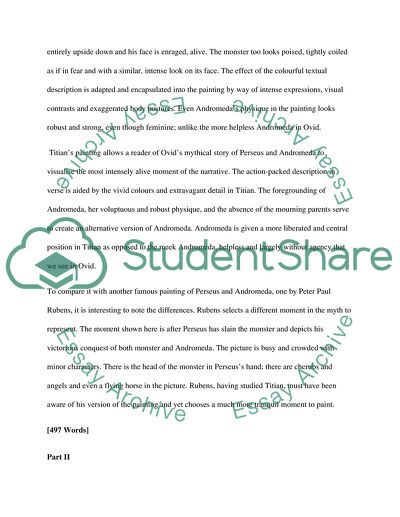Cite this document
(“Titians Perseus and Andromeda Dissertation Example | Topics and Well Written Essays - 2500 words - 1”, n.d.)
Titians Perseus and Andromeda Dissertation Example | Topics and Well Written Essays - 2500 words - 1. Retrieved from https://studentshare.org/philosophy/1749461-tma-04
Titians Perseus and Andromeda Dissertation Example | Topics and Well Written Essays - 2500 words - 1. Retrieved from https://studentshare.org/philosophy/1749461-tma-04
(Titians Perseus and Andromeda Dissertation Example | Topics and Well Written Essays - 2500 Words - 1)
Titians Perseus and Andromeda Dissertation Example | Topics and Well Written Essays - 2500 Words - 1. https://studentshare.org/philosophy/1749461-tma-04.
Titians Perseus and Andromeda Dissertation Example | Topics and Well Written Essays - 2500 Words - 1. https://studentshare.org/philosophy/1749461-tma-04.
“Titians Perseus and Andromeda Dissertation Example | Topics and Well Written Essays - 2500 Words - 1”, n.d. https://studentshare.org/philosophy/1749461-tma-04.


